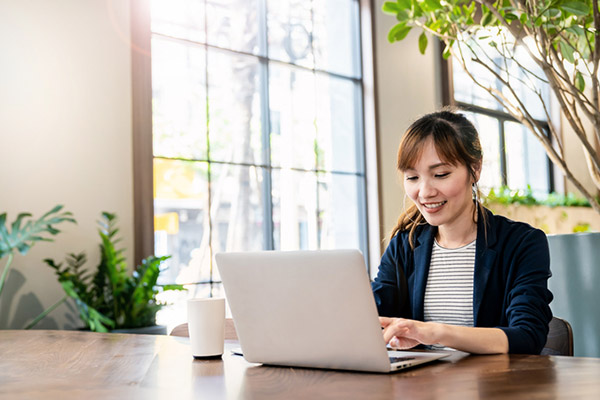Using COVID-19 best practice recommendations from the Centers for Disease Control and Prevention (CDC) and the World Health Organization (WHO), guidance from other health-care sectors, findings from the limited and preliminary research on the virus, and the most accurate updates we could gather from the quickly evolving science, we’ve compiled this document of practice protocols that seem most appropriate for practitioners who are choosing to move forward with reopening their businesses.
This document does not represent a recommendation from ABMP for reopening your practice, but rather gives our best guidance for when that time comes.
There Are No Guarantees
In lieu of a cure, vaccine, antibody tests, or other intervention for COVID-19, there is no way right now to venture back into practice without revised protocols to protect you and your clients. Even so, there is no guarantee that you or your clients will come away from your interactions unscathed.
Important Reopening Considerations
- You must be abiding by the guidelines and recommendations of your state and/or local governments, as well as your massage regulatory agencies regarding reopening your practice. If you are working as an employee, consult with your employer to understand the precautions they are taking on behalf of you and your clients.
- Your liability insurance is valid as long as you are in compliance with your state and local regulations. Because many states are opening in phases and or opening regions or counties individually, we encourage you to view your state's website and contact your local authorities for specific regulations and official information in your area.
- Following CDC guidelines is imperative to offering the safest experience for your clients. Much of the information that follows draws from CDC guidelines, which are available for your personal reference at www.cdc.gov/coronavirus/2019-ncov/index.html.
- A likely requirement in any regulations or reopening plan will be the use of personal protective equipment (PPE), specifically face masks. We understand that PPE is scarce and any available supplies are being redirected—rightly so—to frontline workers and health assistance staff who are still operating without the proper supply of equipment they need to work safely. Diverting supplies for non-emergency equipment requests at this time would be dangerous and unethical. Consider other options for face coverings for you and your clients in the interim. We have an overview of PPE options at www.abmp.com/updates/blog-posts/use-personal-protective-equipment-ppe-massage-therapists.
What Your New Business Might Look Like When You Reopen
- Temper your expectations—it may be a while before you’re fully up and running again. Use this time to update cancellation policies, waiting room layouts, booking programs, and language changes for your website and materials.
- Come back slowly—see what challenges you encounter with the new working protocols and what areas to improve. Staggered appointment times and greater time necessary for cleaning protocols might mean you’ll need to rethink your daily schedule and the number of clients you can see. Think about your hours of operation.
- In accordance with extended shelter-in-place recommendations to protect our more vulnerable populations you may only be able to work with clients who are in lower risk categories for COVID-19 complications.
We understand there is a fine line between getting back to work and earning an income, and protecting the safety of you and your clients. For those thinking about going back to work we recommend the following to states and our members:
- Face masks be utilized in treatment rooms to help prevent the spread of COVID-19; we encourage that both the therapist and the client wear a face covering.
- Following stringent sanitation protocols between each client is critical. Use EPA-certified disinfectants on all surfaces, doorknobs, chairs, etc., that a client might have touched.
- Change all linens, fleece blankets, and perhaps your clothes between each client. Use gloves where practical.
- Stagger client appointments or text them when they can come in so there is no more than one client at a time in common areas. Make sure you have ample time to prepare for, and take care of, each client and your work area.
- Be transparent—in your reminder phone call, on your intake form, even when clients arrive for their appointment. Ask them: Have you had a fever in the last 24 hours of 100°F or above? Do you now, or have you recently had, any respiratory or flu symptoms, sore throat, or shortness of breath? Have you been in contact with anyone in the last 14 days who has been diagnosed with COVID-19 or has coronavirus-type symptoms? If they answer yes, then ask them to reschedule, without penalty.
- Live your words—do the same that you ask of your clients. Let them know how you are feeling, and err on the side of caution. They are just as concerned as you are.
- Set expectations for your client; let them know there is a “new” normal in your practice (e.g., limiting your “table talk”). Let them know safety is an important element of your therapy.
For more ideas and specific protocols, choose one of the seven other sections in the menu above.


